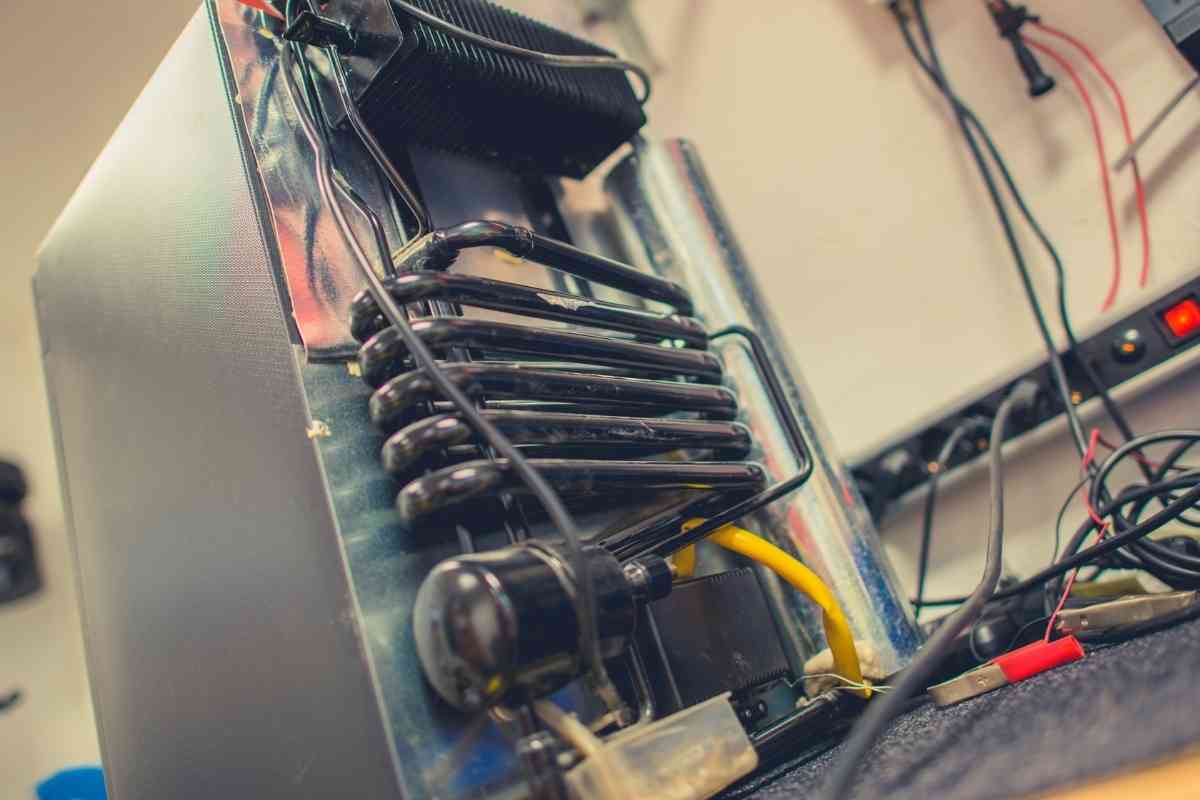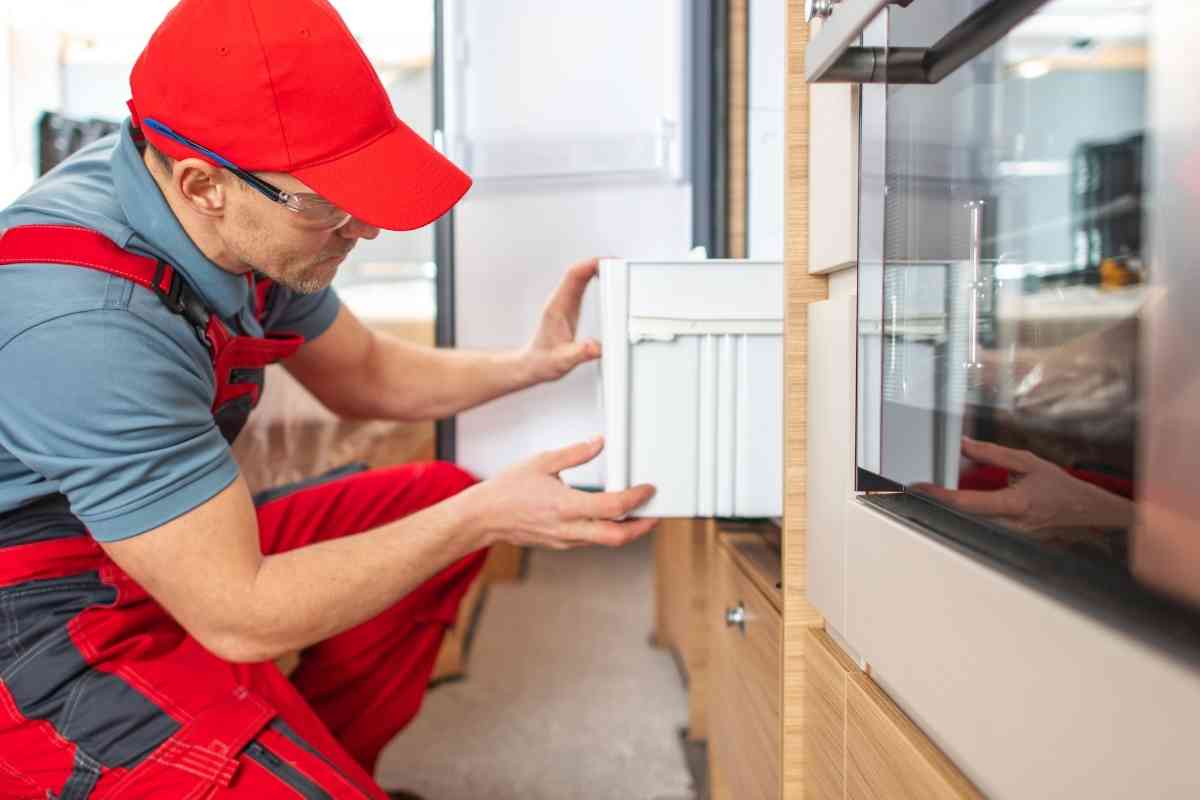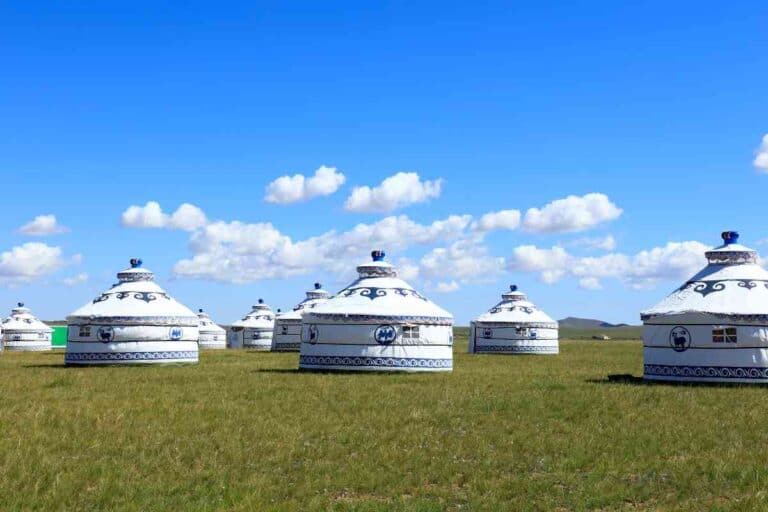4 Reasons Your RV Refridgerator Fan Turns On And Off
Nothing can ruin a great adventure like spoiled food. If the fan in your RV refrigerator goes on and off, it could be perfectly normal or signal a problem. Knowing whether your RV refrigerator is about to break down is important before taking a long trip. You might have noticed the fan going on and off continually. While this might not mean the end of your refrigerator’s life, you should know if it will be a problem.

Why does my RV fridge fan turn on and off?
Your RV refrigerator fan might be going on and off because:
- The internal temperature is too high
- The fan motor in the condenser is faulty
- The defrost thermostat is faulty
- You have build-up on your condenser coils
There are several aspects to consider when assessing your RV refrigerator’s health.
Understanding why the fan in your unit is cycling off and whether it is normal will help you troubleshoot the fixes outlined below. In addition, we have produced a guide to determine the all-around health of your RV unit.
Are you wondering why your RV refrigerator runs all of the time? How to reset your unit? How to maintain and evaluate whether it’s time to get a new RV refrigerator? We’ll dive into all of that below.
We have consulted with RV refrigerator manufacturers, their user manuals, and fellow warriors to bring you this guide on RV refrigerator culprits and how to fix them.
Why Does My RV Fridge Fan Keep Shutting Off
There are many reasons that your RV refrigerator fan might be shutting on and off. Some are benevolent programming of the unit, while others could signal a problem. Let’s investigate.
Is The Fan Going On and Off a Problem
Not necessarily! It is generally normal for an RV fridge fan to cycle on and off and depends on the condenser temperature. Your fan is connected to a thermostat and will turn off when the temperature meets a certain threshold.
However, if there is a temperature build-up behind the fridge, the fans will be switched on to manage proper airflow around the unit.
This threshold can be between 130℉ to 115℉, turning and off when these temperatures are met.
In addition, if it continues to cycle regardless of the temperature threshold, there could be a broken wire connection. If the wire connection is interrupted to the fan, thermostat, or 12V supply, then the fan may not run at all.
The bottom line is that it is normal to hear your RV Refrigerator cycling; the problem is more likely when it does not run at all.

Do RV Refrigerators Run All The Time
As a design parameter in many refrigeration units some fans cycle on and off while others will change speed. This can be based on evaporator design and the performance specifications of the refrigerator unit.
RV refrigerators have compressors that often cycle on and off and do not run all the time. More modern units tend to run more frequently on than off, but they should not run all the time. If your RV refrigerator is running all the time, this can be for several reasons.
The Internal Temperature Is High
The freezer and refrigerator in your unit will need to be set within a specific temperature range in order to ensure proper cooling. If the temperature in your RV fridge is set too high this will lead to the refrigerator running continuously in an attempt to keep the interior cool.
On occasion, even if the temperature setting is within the right range, a high freezer temperature can still cause warming in the refrigerator. This can lead to constant running.
The Fix: Refer to your RV refrigerator user manual to ensure proper temperature setting. Both the refrigerator and freezer temperatures need to be set to the specification of the manufacturer.
A good rule of measure for the freezer temperature is to set it between 0-5℉, while the refrigerator does best when set between 35-38℉. Most refrigerator settings can be adjusted by using push-button controls or dials found on the inside of the unit.
Fan Motor In Condenser
The fan motor in your condenser is built to blow cool air over the condenser coils. When your refrigerator runs constantly, this might be the issue. The fan is purpose-built to remove hair from the refrigerant, which then makes cool air for your RV refrigerator unit.
Another way to identify this as the culprit is to check the area between your deli drawer and freezer. If this area is warmer, it’s possible the condenser fan is the problem. The reason is because this area contains the tubing that will heat up in the event of a condenser fan malfunction.
The Fix: Check the fan that is likely located behind the refrigerator’s rear access panel. Look for blockages that could prevent the blades from spinning. If you see none and a multimeter shows a lack of continuity, it’s time to replace the fan.
Your Defrost Thermostat is Faulty
The most vital part of your defrost system is the defrost thermostat. The defrost thermostat is responsible for preventing frost accumulation on RV refrigerator components and monitors the temperature of the evaporator coils.
In addition, the defrost thermostat will signal the heater to thaw any frost that might accumulate on the coils if they get too cold.
When the defrost thermostat is faulty it may cause the heater to fail and frost can accumulate on the coils. This restricts cold air and results in the refrigerator running all of the time.
The Fix: Check the defrost thermostat with a multimeter. If it shows no continuity consult a professional to replace it.
Build Up On Condenser Coils
Condenser coils are specially purposed to run refrigerant to create cool air for the unit. When coils have built up of dust and dirt your RV refrigerator might not cool efficiently. It will then become warm which will trigger the compressor to run constantly to maintain a cooler temperature.
The Fix: Clean the coils by first turning off your RV refrigerator unit. Then, consult the unit’s user manual to determine how to best access the condenser coils. Once you locate them, use a brush to clean coils of dust, first, and debris. You can also use a vacuum to collect any fine debris.
Finally, replace the access panel and turn the refrigerator back on.
How Do You Reset A Refrigerator In An RV
The process of resetting an RV refrigerator will depend on the make and model of your unit. Consult the user’s manual.
Some will have a reset button while others will not. Most modern units will only require the push of a button off and back on again.
Some locations of the reset button can be tricky to find. There should be a diagram in your users manual guiding you to its location.
Dometic Brand Refrigerator Reset
On the Dometic Brand RV Refrigerators, there is a separate reset button from the power button. With this brand the reset buttons are located in different spots depending on the model, however, the most common location is inside the fridge area. Other models might have it in the freezer section or will require you to reset by flipping a circuit breaker.
Norcold Brand Refrigerator Reset
To reset a Norcold RV Refrigerator, you can reset the unit by using the power button. Turning the unit off for several minutes and then back on again can effectively reset the unit.
How Do I Know If My RV Fridge Is Bad
To understand whether your RV fridge is beyond redemption there are a few things to try first.
- Install a fan behind the refrigerator’s opening area. Because RV fridges are usually in compact places with little air flow, this will help to balance the temperature between outside and inside and will increase the overall flow of air into the chamber.
- Check the condenser. Look for leaks that might prevent the proper flow of gasses to create cooling. Usually, you can find this by smell, but another clue may be a yellow staining on the inside or outside of the unit.
- Check the burner. Burners are commonly used in propane-powered RV fridges. They use the heat to interact with the ammonia and water to create a reaction that gives a cooling effect. However, when traveling at higher altitudes, an oxygen drop may inhibit the burner from creating the necessary flame.
- Check your power supply. Check either your electric or propane power source to ensure there is no interruption or leak.
- Reset the unit. Check your user manual for instructions to reset the unit if all else fails.






